As debates heat up over future Hall of Fame quarterbacks, Tony Romo’s name refuses to fade.
Ever since he became eligible in 2022, the former Dallas Cowboys signal-caller has hovered in a strange space: celebrated by fans, respected by peers, and yet constantly questioned by critics who wonder if he truly belongs in Canton.
Now, with names like Philip Rivers, Drew Brees, Eli Manning, and Alex Smith being a part of the quarterback class, it’s the perfect time to ask the question: How does Tony Romo’s career really compare to the field?

The Romo Resume: Clutch, Efficient, Underrated
Tony Romo never hoisted a Lombardi Trophy. He never even reached a Super Bowl. But what he did do was lead America’s Team through a turbulent era, all while quietly putting up elite numbers.
Over 14 seasons in Dallas, Romo posted a 92-64 career record as a starter.
He had a career completion percentage of 65.3%, threw for 34,183 yards, and delivered 248 touchdowns to just 117 interceptions.
His 97.1 passer rating—higher than both Philip Rivers and Alex Smith—was second only to Aaron Rodgers at the time of his retirement.
He was also fourth in the NFL’s all-time leader in passer ratings up to his retirement in 2016.
Romo’s knack for late-game heroics became part of his identity, even when the postseason results didn’t follow.
His 2-4 playoff record is often cited as a mark against him, but zooming in, and you’ll find that poor defense and special teams play sabotaged several of those losses—not Romo himself.
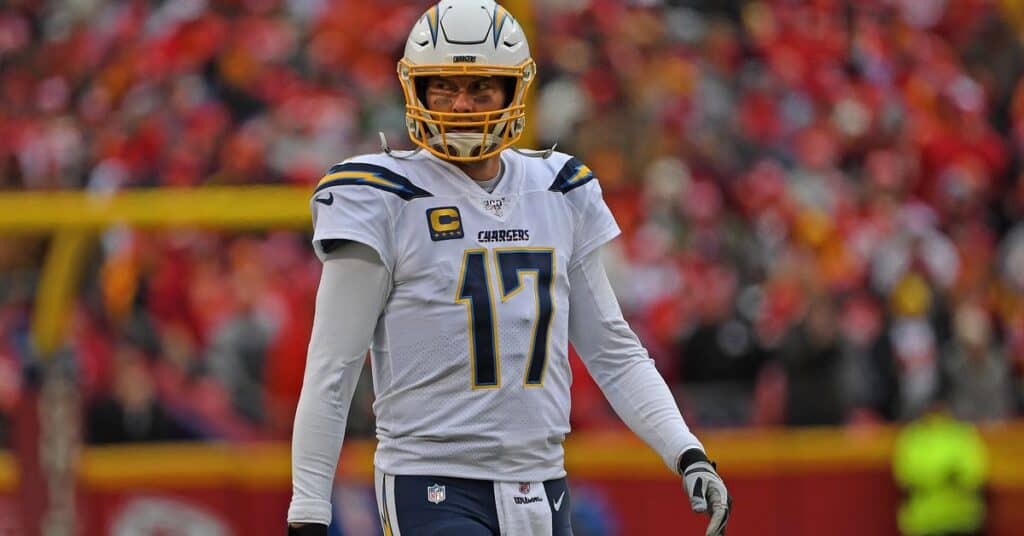
Philip Rivers: More Yards, Less Spark
Few quarterbacks were as durable and consistent as Philip Rivers. Over 17 seasons, he racked up 63,440 passing yards and 421 touchdowns.
He made eight Pro Bowls and led the Chargers to multiple playoff appearances. On paper, River dwarfs Romo in total production.
But here’s the rub: Rivers also never reached a Super Bowl. His playoff record? A modest 5-7. His career passer rating (95.2) is lower than Romo’s and, while Rivers played longer, his winning percentage (.561) doesn’t hold up to Romo’s (.590).
The longevity gap is undeniable, but Romo’s peak performance was arguably sharper.
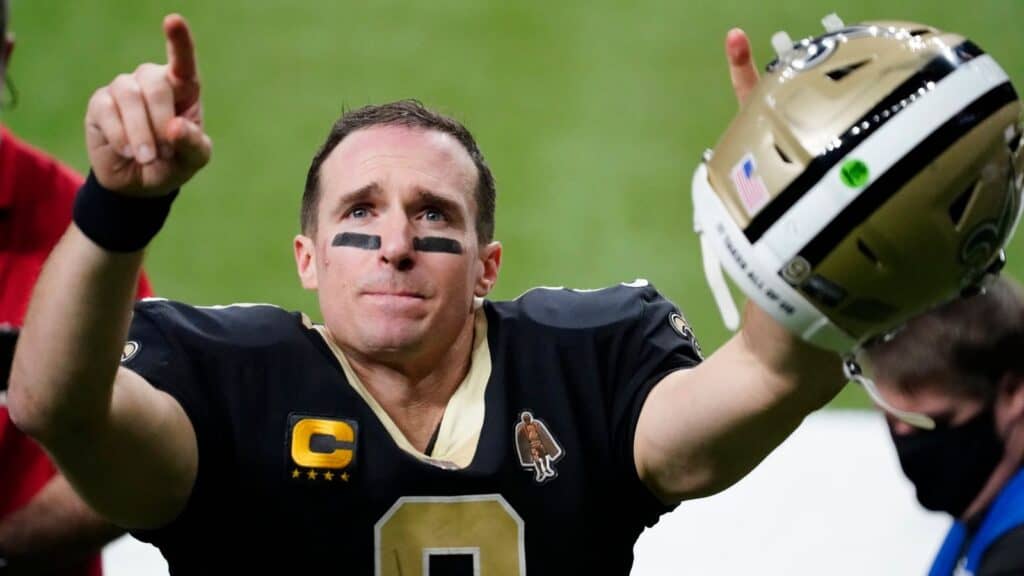
Drew Brees: The Outlier
If there’s a sure-fire Hall of Famer in this conversation, it’s Drew Brees.
The former Saints star retired with over 80,000 passing yards, 571 touchdowns, a Super Bowl title, and 13 Pro Bowls.
His resume is bulletproof. Romo can’t—and shouldn’t—be expected to match up with one of the most prolific passers in NFL history.
But that’s exactly the point: Brees is the exception, not the standard. The question isn’t whether Romo is Brees—it’s whether he’s better than other borderline candidates.
Alex Smith: The Underrated Warrior
Alex Smith deserves credit for his leadership, toughness, and miraculous comeback from a life-threatening injury.
He retired with a 99-67-1 career record, 35,650 passing yards, and 199 touchdowns to 109 interceptions. He went to three Pro Bowls and posted a passer rating of 86.9.
While Smith played well for multiple franchises and deserves praise for his resilience, his overall production falls short of Romo’s.
Fewer touchdowns, slightly more yards, a lower passer rating, and a comparable playoff record (2-5).
Smith is a success story, but Romo was the better quarterback.
Eli Manning: The Patriot Destroyer
Eli Manning’s postseason heroics, particularly two wins over Tom Brady’s Patriots, place him firmly in Hall of Fame discussion.
However, Romo holds a 10-6 record over Manning and the Giants in head-to-head matchups.
Eli Manning had a career record of 117-117, 57,023 passing yards, 366 touchdowns, and 244 interceptions. He holds a career 87.4 passer rating.
Romo holds the edge in regular-season consistency and passer efficiency.
If legacy matters, Eli wins. If efficiency and performance matter, Romo deserves his seat at the table.
What Really Matters: Efficiency Over Accumulation
Hall of Fame cases often get clouded by volume stats. But numbers without context can be deceiving.
Romo didn’t have the benefit of starting early—he was undrafted in 2003 and didn’t take over the Cowboys’ offense until midway through 2006.
He also battled multiple back and collarbone injuries, which shortened his career, much like Alex Smith.
And yet, he outperformed most of his peers in passer rating, completion percentage, and yards per attempt. His clutch metrics remain some of the best in league history.
Romo was surgical in the regular season and put up top-tier numbers despite often dragging below-average rosters to the postseason.
The Verdict: Don’t Count Him Out
No, Tony Romo isn’t a first-ballot Hall of Famer. But compared to quarterbacks like Rivers and Smith—both legitimate candidates—his case holds water.
If the Hall of Fame is meant to honor not just accumulation but impact, efficiency, and elite play, then Romo deserves more than a passing glance.
He redefined the Cowboys post-Aikman, gave fans hope every Sunday, and left the game with one of the best passer ratings the league had ever seen.
He may never have owned the biggest stage, but in terms of sheer quarterbacking skill? Tony Romo stood tall among giants.



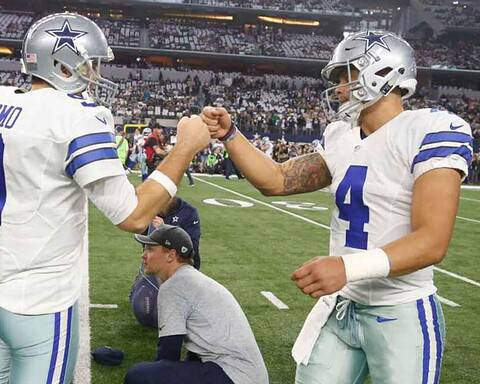
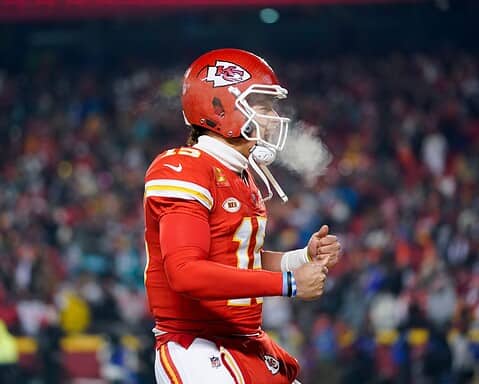
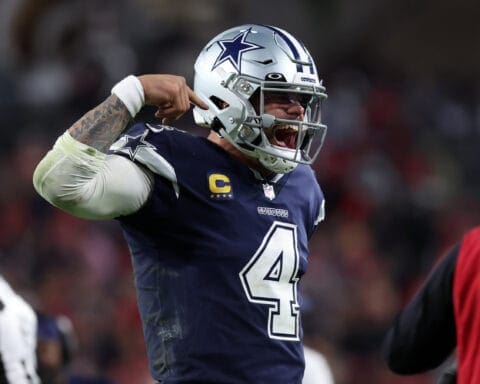
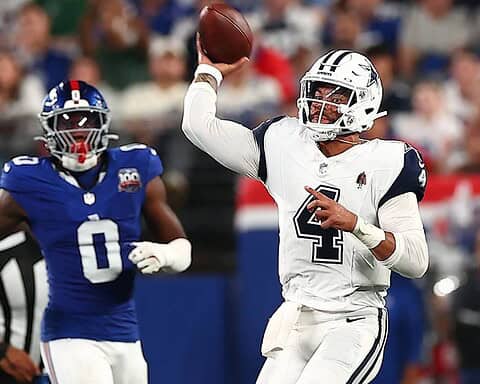


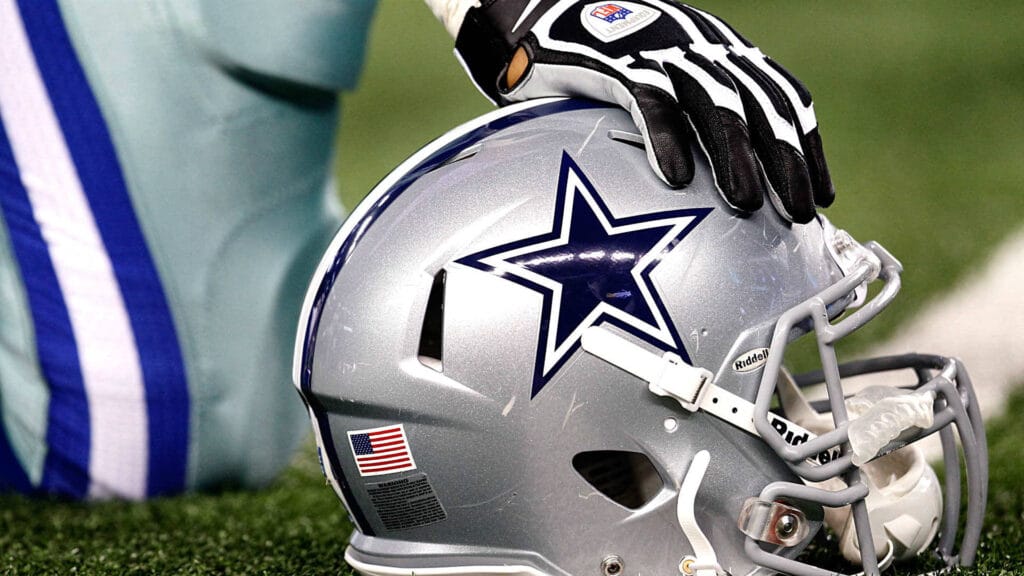
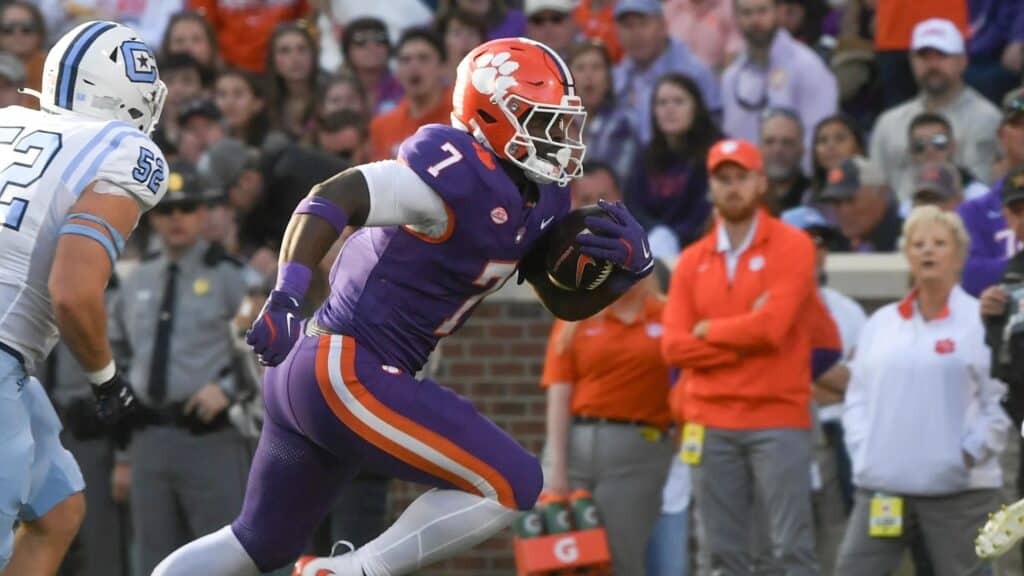
A Dallas Cowboys fan, since the 70’s I enjoyed watching Tony Romo play but I don’t think Tony Romo will make the hall of fame all the sports media groups thinks Tony Romo is a joke and doesn’t respect Tony Romo
respect or not Romo kept dallas relevant for 10 yrs. When the clueless gm finally got him a line and a defense he got hurt. Then dak took over. the main reason he has such great stats is because he had little help for a long time. He rates with brady rogers farve etc. I believe he deserves the hall. Thanks to the gm Troy went through some of the same in later years. He got hurt and retired too.